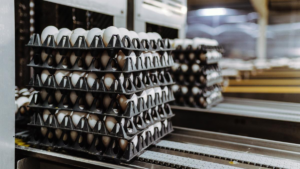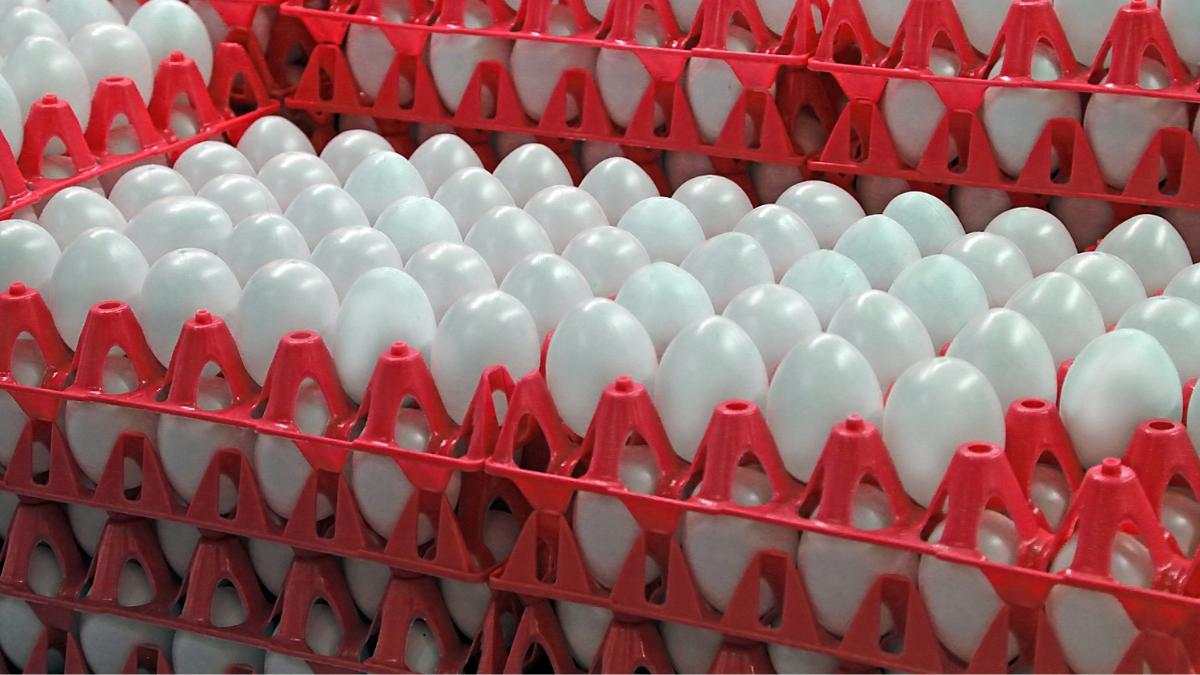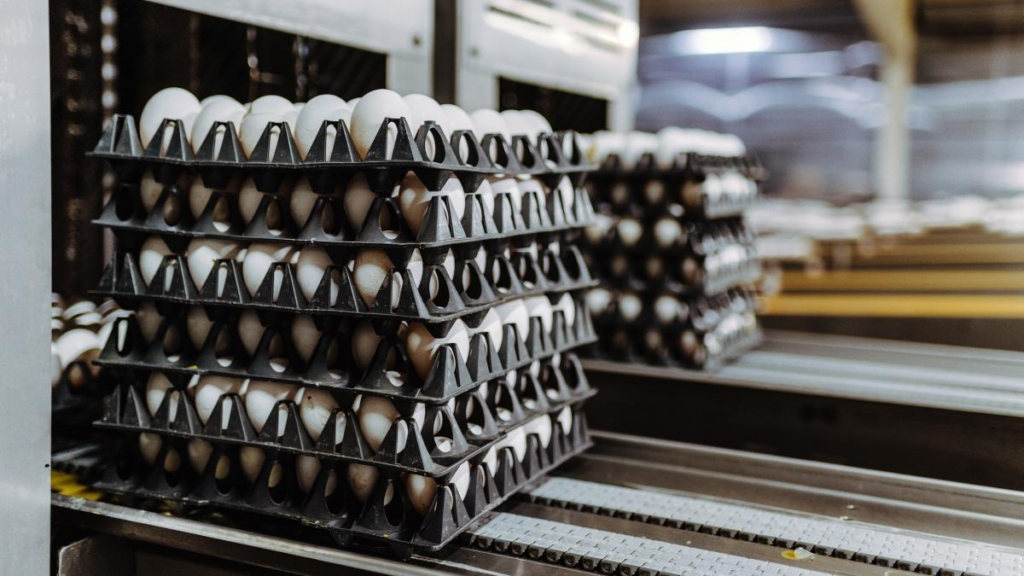
The agri-food industry is constantly evolving to meet the demands of consumers and ensure optimal food quality and safety. One sector that stands out in terms of innovation is egg processing, which transforms raw eggs into a variety of products for use in numerous applications. This article explores the world of egg processing, examining its techniques, potential uses, and examples, as well as highlighting the importance of advanced technology and skilled personnel in this niche field.
Transforming Eggs into Versatile Products
Egg processing involves transforming raw eggs into different forms suitable for use in various food applications and industries. One such example includes the production of pasteurized egg yolk, which offers extended shelf-life and improved safety compared to fresh yolks. Other processed egg products include:
- Egg whites: Separated from the yolk, these can be used in products requiring a lighter texture or lower cholesterol content.
- Egg yolks: Rich in nutrients and often used to add flavour, colour, and emulsifying properties to many foods.
- Whole egg powder: Dehydrated whole eggs developed for convenient storage and transport, as well as providing an alternative to fresh eggs in some recipes.
- Egg proteins: Isolated from either the yolk or white, these can be used in specialized nutritional and functional applications.
Egg Processing Technologies
Pasteurization
One of the core technologies in egg processing is pasteurization, essential for ensuring product safety. This process involves heating egg products to a specified temperature for a set period, sufficient to eliminate any potentially harmful bacteria, such as Salmonella and Listeria, without compromising the functionality, taste, or appearance of the final product. In addition to enhancing food safety, pasteurization extends the shelf-life of many processed egg items.

Separation and Filtration
Separated egg components like yolks and whites are particularly useful in specific food applications. Advanced separation techniques have been developed to efficiently separate these components while minimizing waste and maintaining quality. Filtration methods are employed to remove impurities from the separated components, ensuring a consistent and high-quality end product.
Spray-Drying and Dehydration
To produce powdered egg products, spray-drying technology is used. Whole eggs, yolks, or whites are atomized into fine droplets before being exposed to hot air, evaporating moisture and creating a dry powder. This method allows processors to create shelf-stable products that retain their nutritional and functional properties, while also reducing transportation costs associated with liquid eggs.
The Importance of Qualified Personnel, Standards, and Quality Controls
In order to maintain high standards of quality and safety in the egg processing sector, it is essential to have a team of skilled professionals overseeing operations. Employees must possess expertise in various areas, including:
- Food science and technology: An understanding of the chemical, biological, and physical processes involved in transforming raw eggs into safe and functional food ingredients.
- Quality control and assurance: Ensuring that products consistently meet defined specifications, while detecting and rectifying any issues that could compromise quality or safety.
- Regulatory compliance: Adhering to local and international standards, as well as staying up-to-date with evolving regulations governing the egg industry.
A robust quality control system is crucial for maintaining high standards of food safety throughout the entire egg processing chain. This includes regular inspections and controls at every stage, from egg collection through procedures such as pasteurization and drying until the final product reaches consumers. Traceability is another critical factor, allowing processors to track eggs from their origin to ensure that any contamination or quality issues can be swiftly identified and addressed.
Innovation in Egg Processing: Paving the Way for a Safer and More Sustainable Future
As consumer demand for safe, high-quality, and versatile egg products continues to grow, the egg processing sector must keep pace by adopting the latest technologies and best practices. Research and development remain key drivers of innovation in this niche field, ensuring that new methods are discovered to improve efficiency, reduce waste, and minimize environmental impact. From state-of-the-art machinery and automation to ongoing training for professionals, investment in cutting-edge technology and skilled personnel will help take egg processing into the future. With an unwavering commitment to food safety and quality, this dynamic sector of the agri-food industry is uniquely positioned to deliver outstanding products while promoting sustainability on a global scale.


